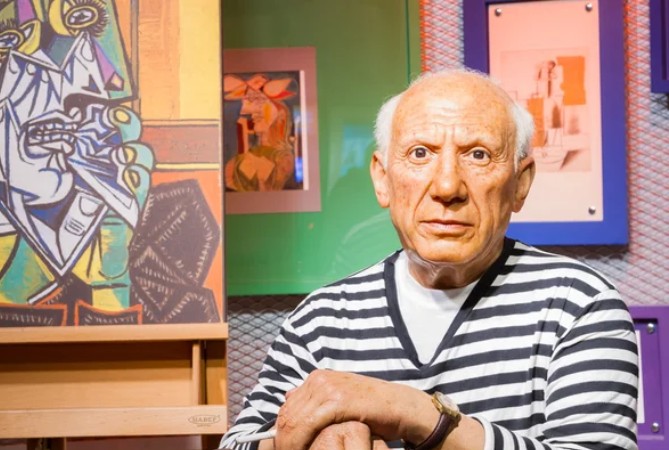Pablo Picasso, one of the most influential artists of the 20th century, revolutionized the world of painting with his extraordinary creativity and avant-garde approach. Born in Spain in 1881, Picasso's artistic journey spanned over seven decades, during which he explored various styles and techniques, leaving an indelible mark on the art world.
Picasso's early works showcased his astonishing talent and mastery of classical techniques. Inspired by his training at the Royal Academy of San Fernando, his early paintings exude a sense of realism and attention to detail. However, it wasn't long before Picasso began to break free from the constraints of tradition and embark on an artistic exploration that would result in a diverse body of work.
One of Picasso's most iconic periods is the Blue Period, which began around 1901. During this time, the artist predominantly used shades of blue, evoking feelings of melancholy and introspection. The subjects of his paintings often depicted the plight of the poor and marginalized, and the emotional depth conveyed through his artwork resonated with audiences around the world.
In contrast to the somber tones of the Blue Period, Picasso later transitioned into what is known as the Rose Period. This phase, which occurred between 1904 and 1906, was characterized by vibrant colours and a lighter, more optimistic atmosphere. Picasso's subjects during this period often included circus performers, acrobats, and harlequins, reflecting his fascination with the world of entertainment.
During the early 1900s, Picasso co-founded the Cubist movement, along with Georges Braque. Cubism, one of the most significant contributions to modern art, challenged the traditional notions of perspective and representation. In his Cubist works, Picasso depicted objects from multiple viewpoints, breaking them down into geometric shapes and reassembling them on the canvas. This revolutionary approach to art heralded a new era of experimentation and paved the way for abstract and non-representational art.
Aside from being a painter, Picasso was also a prolific sculptor, ceramicist, printmaker, and stage designer. His use of unconventional materials and techniques in sculpting, such as assemblage and found objects, further exemplified his innovative spirit and artistic genius.
Throughout his career, Picasso continued to push the boundaries of artistic expression. His work encompassed various periods and styles, from the classicism of his earlier years to the abstract and surrealism of his later works. This versatility and constant reinvention showcased his boundless creativity and insatiable curiosity.
Today, Picasso's influence can be seen in art galleries and museums worldwide. His paintings and sculptures continue to captivate audiences with their boldness, complexity, and emotional impact. Picasso's artistic legacy remains a testament to his unrivaled talent and his profound impact on the art world.


